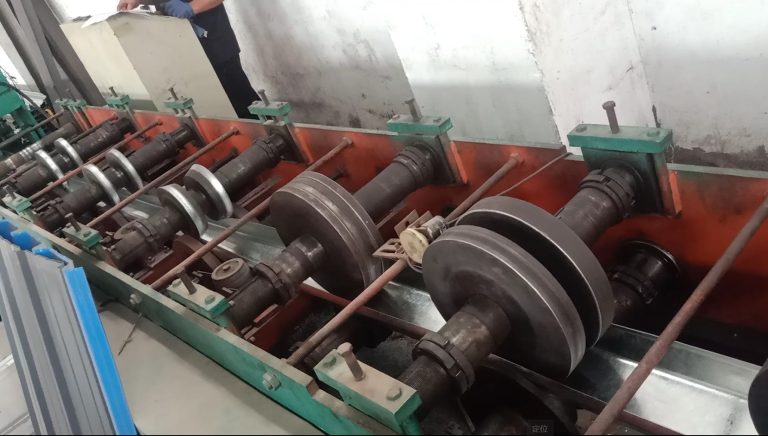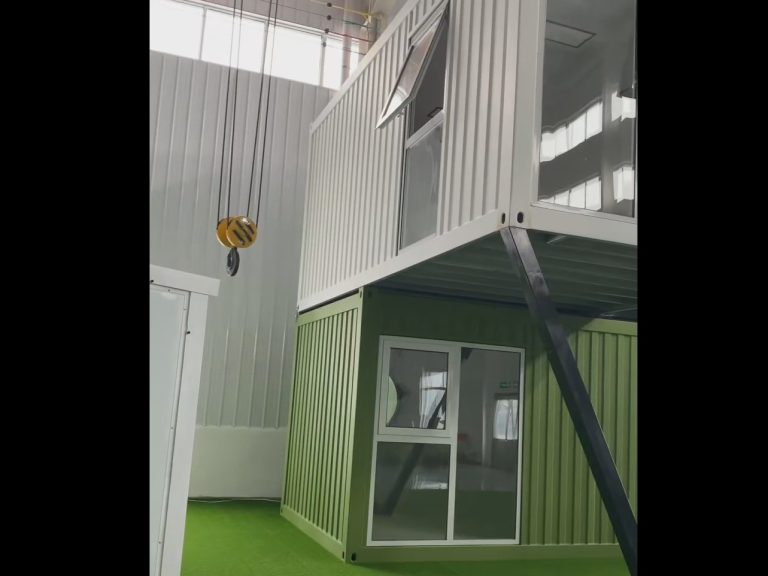Table of Contents
Advantages of Steel Structures in Modern Construction
Steel structures have become increasingly popular in modern construction due to their numerous advantages. One of the key benefits of using steel in building construction is its strength and durability. Steel is known for its high tensile strength, which allows it to withstand heavy loads and extreme weather conditions. This makes steel structures ideal for buildings that need to support large spans or heavy equipment.
In addition to its strength, steel is also a highly versatile material that can be easily customized to meet the specific needs of a building project. Steel structures can be prefabricated off-site and then assembled on-site, which can help reduce construction time and costs. This makes steel structures a cost-effective option for many building projects.
Another advantage of steel structures is their energy efficiency. Steel is a highly sustainable material that can be recycled and reused, making it an environmentally friendly choice for building construction. Additionally, steel structures can be designed to maximize natural light and ventilation, reducing the need for artificial lighting and heating. This can help lower energy costs and reduce the building’s carbon footprint.
Steel structures are also known for their fire resistance. Steel does not burn, making it a safer option for buildings that need to meet strict fire safety regulations. In the event of a fire, steel structures are less likely to collapse, providing occupants with more time to evacuate safely.
Furthermore, steel structures are easy to maintain and require minimal upkeep compared to other building materials. Steel is resistant to pests, rot, and corrosion, which can help prolong the lifespan of a building and reduce maintenance costs over time. This makes steel structures a long-lasting and sustainable choice for modern construction projects.

In addition to these advantages, steel structures can also be designed to be aesthetically pleasing. Steel can be used to create sleek and modern designs that can enhance the overall look of a building. Steel structures can be painted or coated in a variety of colors and finishes, allowing for endless design possibilities.
Overall, steel structures offer numerous advantages that make them an attractive option for modern construction projects. From their strength and durability to their energy efficiency and sustainability, steel structures are a versatile and cost-effective choice for building construction. Whether used in commercial, industrial, or residential buildings, steel structures can provide a safe, efficient, and visually appealing solution for a wide range of building projects.
Implementing Energy-Efficient Technologies in New Building Designs
Steel structures have long been a popular choice in construction due to their durability, strength, and versatility. However, as the world becomes more focused on sustainability and energy efficiency, new technologies are being developed to make steel structures even more environmentally friendly. In this article, we will explore some of the latest energy-saving technologies that can be implemented in new building designs using steel structures.
One of the key ways to improve the energy efficiency of a building is through better insulation. Traditional insulation materials such as fiberglass or foam can be effective, but they can also be bulky and difficult to install. One innovative solution is the use of vacuum insulation panels (VIPs). VIPs are extremely thin, lightweight panels that provide excellent thermal insulation properties. By incorporating VIPs into the walls and roof of a steel structure, builders can significantly reduce heat loss and improve the overall energy efficiency of the building.
Another important aspect of energy-efficient building design is the use of high-performance windows. Traditional windows can be a major source of heat loss in a building, leading to increased energy consumption for heating and cooling. By using low-emissivity (low-e) coatings on windows, builders can reduce heat transfer through the glass while still allowing natural light to enter the building. In addition, advanced framing techniques can help to minimize the amount of framing material used in windows, further improving energy efficiency.
In addition to insulation and windows, lighting is another key area where energy savings can be achieved in new building designs. LED lighting has become increasingly popular in recent years due to its energy efficiency and long lifespan. By incorporating LED lighting fixtures into a steel structure, builders can reduce energy consumption for lighting while still providing ample illumination for occupants. In addition, smart lighting controls can be used to automatically adjust lighting levels based on occupancy and natural light levels, further reducing energy usage.
Heating and cooling systems are also important considerations when designing an energy-efficient building. Traditional HVAC systems can be energy-intensive and inefficient, leading to high operating costs and increased carbon emissions. One solution is the use of geothermal heat pumps, which use the natural heat stored in the ground to provide heating and cooling for a building. By incorporating geothermal heat pumps into a steel structure, builders can reduce energy consumption for heating and cooling while also reducing greenhouse gas emissions.
In conclusion, steel structures offer a strong foundation for implementing energy-efficient technologies in new building designs. By incorporating innovative insulation materials, high-performance windows, LED lighting, and geothermal heat pumps, builders can create buildings that are not only durable and versatile but also environmentally friendly and energy-efficient. As the world continues to focus on sustainability and reducing carbon emissions, these technologies will play an increasingly important role in shaping the future of construction. By embracing these energy-saving technologies, builders can create buildings that are not only beautiful and functional but also sustainable for future generations.






